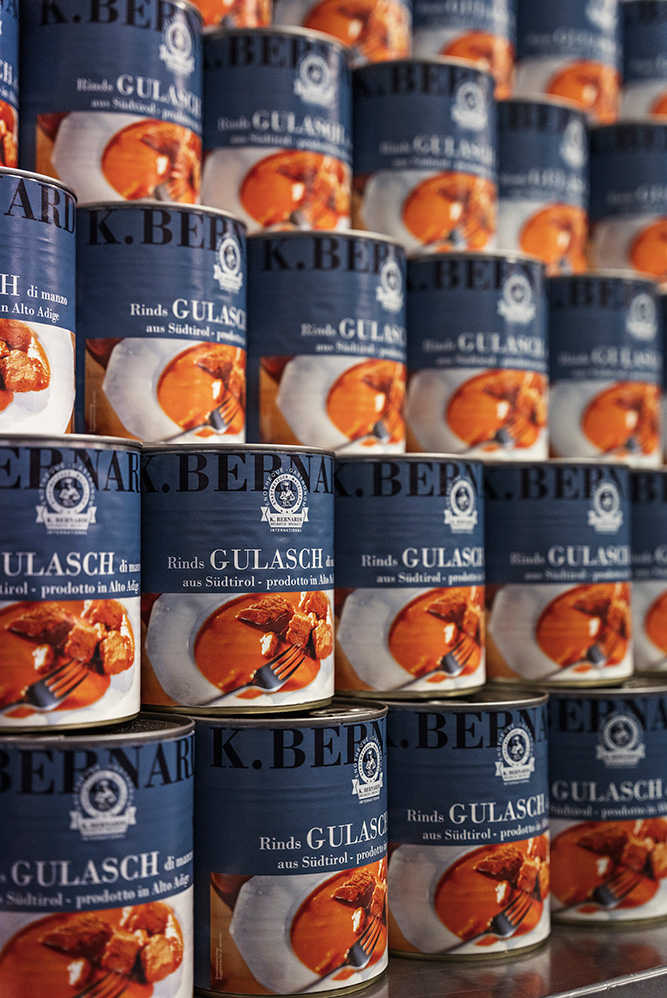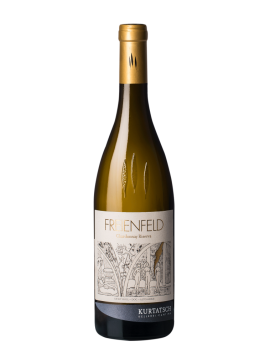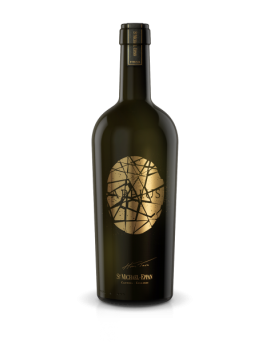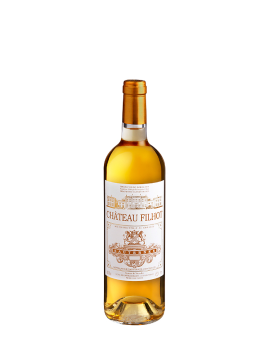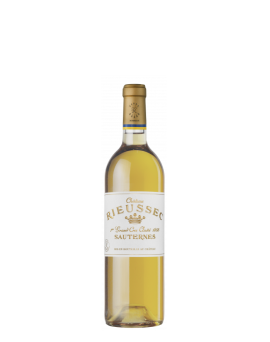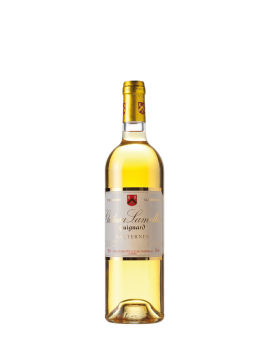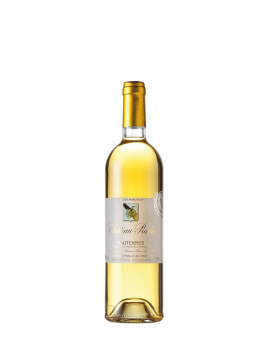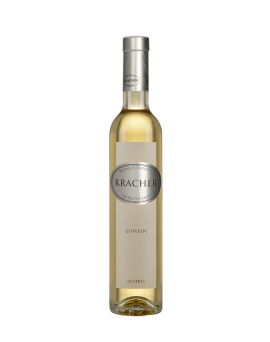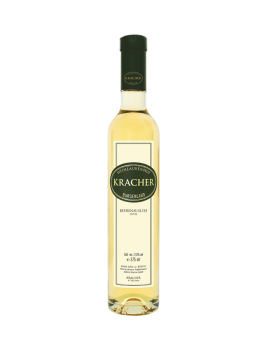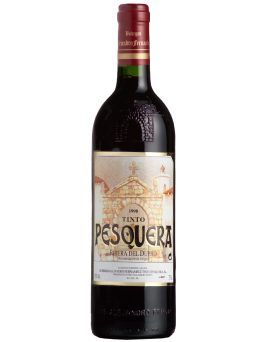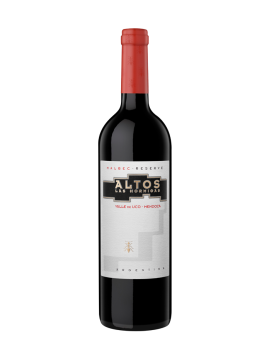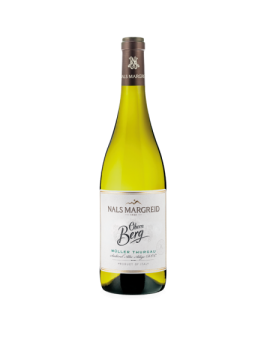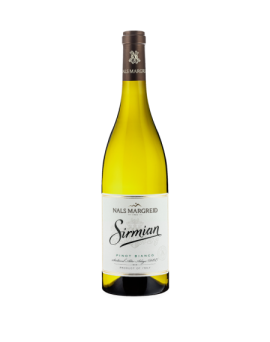Chardonnay DOC Freienfeld...
<br /><br />The Chardonnay Freienfeld, a blend of the best Chardonnay grapes, is only pressed in vintages with optimal weather conditions. Originality and near-natural cultivation are<br />the guidelines in the vineyard.<br /><br />The Chardonnay is characterised by stylish opulence, with lots of exotic fruit and delicate, highly refined toasty aromas. The complex bouquet is reminiscent of ripe citrus<br />fruits, coconuts and a hint of vanilla. Extract and acidity form a delightful balance. The taste is round, with velvety fruit and pleasantly integrated tannin. A complex, elegant<br />Chardonnay with great ageing potential.<br />Chardonnay FREIENFELD: the charming one.<br /><br />Grape variety: Chardonnay<br />Vinification: Fermentation in blond & medium toasted french barriques. Barriques followed by ageing (incl. bâtonnage) for 12 months without biology. Acid reduction. Fine<br />yeast ageing for 6 months in large oak barrels, min. 6 months bottle ageing.<br />Alcohol: 14,5 % Vol.<br />Total acidity: 5,8 g/l<br />Residual sugar: 2,0 g/l<br />Yield per hectare: 40 hl<br />Optimum age for drinking: 4-12 years<br />Method of cultivation: sustainable<br />Bottle size 0,75 l<br />
Price
€43.60

